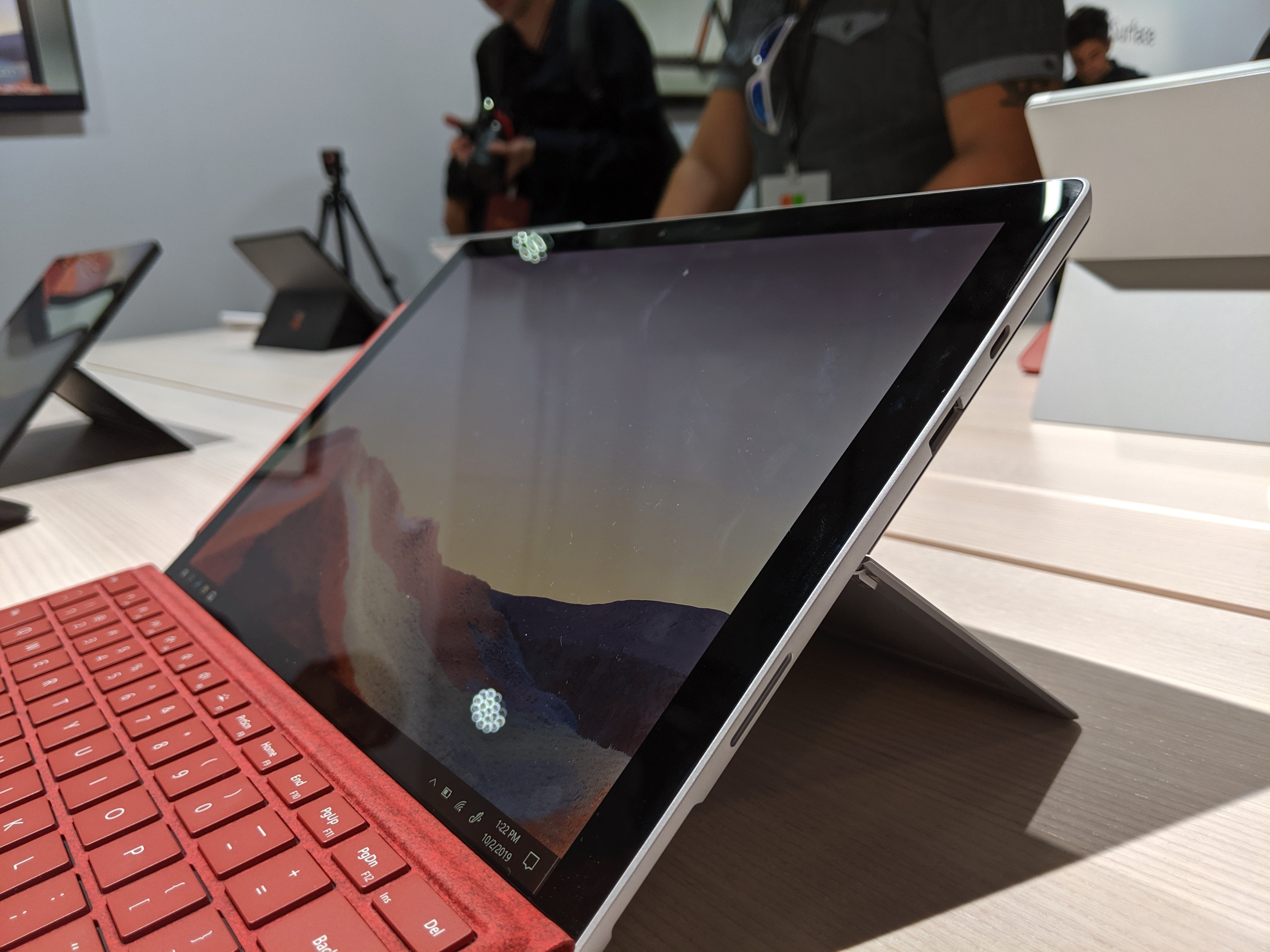


The top bezel also holds a 10 megapixel main camera, and a 5 megapixel webcam, capturing video up to 1080p for the likes fo Zoom and Microsoft Teams (it also pulls double duty as the Windows Hello facial recognition camera). It’s worth noting that the bottom bezel is covered up by the detachable keyboard when in action, which makes a big visual difference. Instead you have to choose manually at a global scale… faster screen needing more power, or slower screen needing less power. The display can run at 60 Hz or 120 Hz and having this intelligently change on an app-by-app basis would have helped preserve battery life by dropping down the rate on specific apps but still offering the faster refresh when needed. I would have liked to see the Pro 8 offer adaptive refresh rates. In the same was as the smaller bezels, the faster refreshing screen helps the Pro 8 feel as modern as possible. Including it on a touch based device means more responsive feedback on highlighting and moving elements, more accurate and timely inking when using a stylus, and much smoother scrolling.

The Surface Pro 8 screen offers a 120 Hz refresh rate, a feature prevalent on smartphones and popular on gaming laptops.


 0 kommentar(er)
0 kommentar(er)
